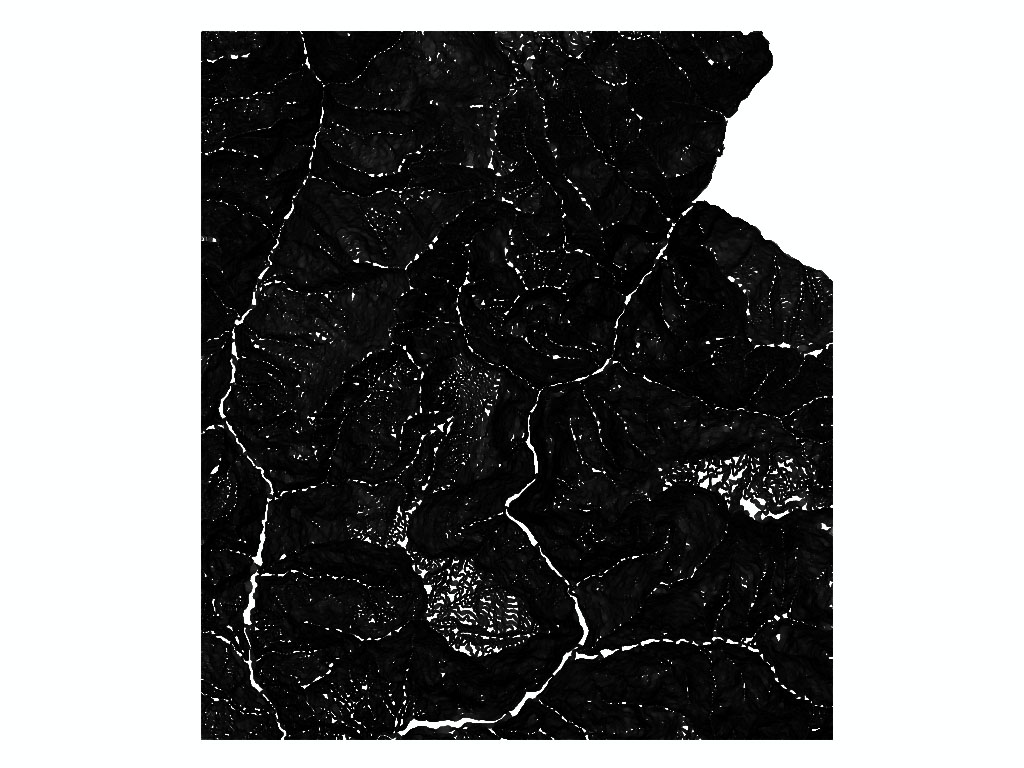Earthquake-induced landslide hazard mapping is based on investigations in the Bahrabise–Liping area of the Sindhupalchok District. The information was gathered from existing maps, past published and unpublished reports, satellite images as well as field survey of some important failures. Seismic hazard analysis is a common tool to estimate the expected level of intensity of ground motion related to earthquakes. Seismic hazard is the probability of occurrence of a specified level of ground shaking in a specified period of time at a particular site. In seismic hazard analysis, it is required to infer the source of the future earthquake. To evaluate seismic hazard for a particular site or region, all possible sources of seismic activity must be identified and their potential for generating future strong ground motion should be evaluated. Seismic hazard can be estimated either by deterministic or probabilistic approaches. The hazard can be investigated deterministically when a particular earthquake scenario is assumed, whereas it can be analysed probabilistically when uncertainties in earthquake size, location, and time of occurrence are considered.
